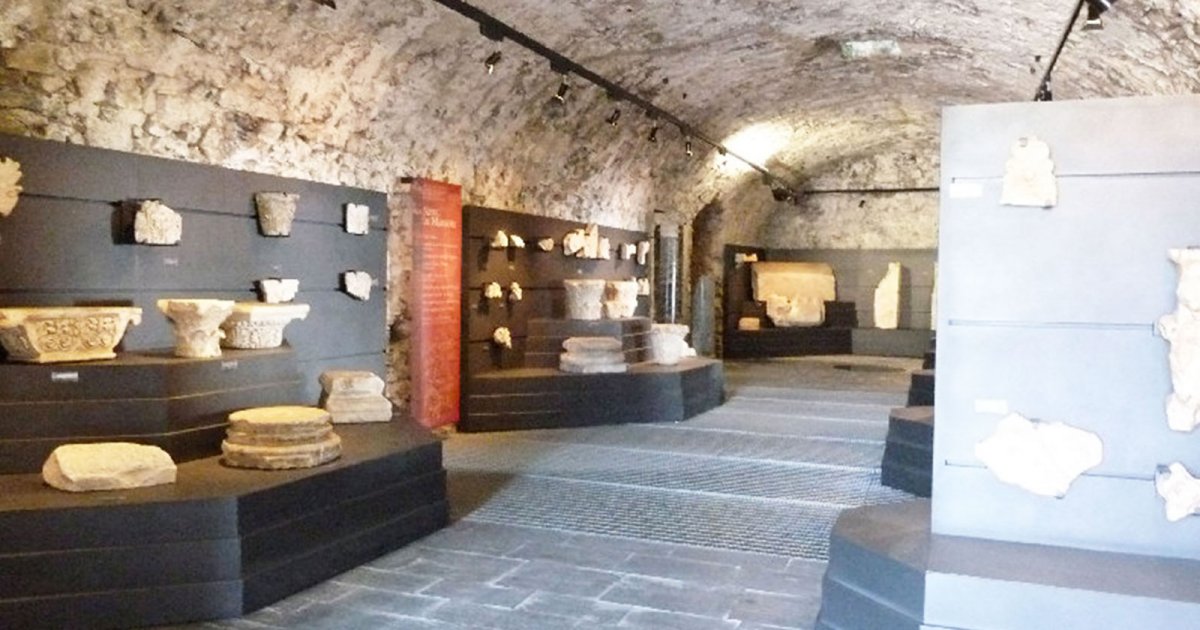SAN GIORGIO CASTLE, Museum And Castle
 Language: English / USA
Language: English / USA
Hi, my name’s Rick, and I’m your personal guide. Along with MyWoWo, I’d like to welcome you to one of the Wonders of the World: San Giorgio Castle.
This castle, built in the early Middle Ages and extended up until the 17th century by the Genoese as a defensive fortress, has undergone extensive restoration, allowing visitors today to admire its original architecture and magnificent rooms.
Inside the castle, you can visit the Ubaldo Formentini Civic Museum. Founded in 1873 and housed here since a few years, its numerous fine exhibits – including tools from the Iron Age, Roman sculptures, pottery and coins – tell the rich history of the city and the surrounding area, from the Stone Age to the Late Middle Ages.
The most original section is the one dedicated to the Stelae Statues, similar to others found elsewhere in Europe, which portray extremely stylized human figures which date back 5,000 years.
These statues were very probably placed as protective deities outside villages and burial areas. Their actual purpose and who sculpted them remain shrouded in mystery, since they have been found from Portugal to Ukraine, in locations sometimes thousands of miles apart. The ones you see here are from the Lunigiana area, inland from La Spezia.
Before you leave the museum, make sure you take a moment to admire the magnificent views over the gulf and the city from the Castle tower.
If you haven’t already done so to reach the castle, I suggest you walk along Via 27 Marzo to the city center, so you can admire the area where La Spezia’s finest buildings were erected, between the late 19th and early 20th century, in Neo-Renaissance, Baroque and, above all, Art Nouveau style. This walk will take you to Piazza Verdi, where you’ll find the arches of the French sculptor Daniel Buren, and from there on to the marvelous nineteenth-century gardens, featuring centuries-old palm trees and fascinating flower beds, before you finally reach the seafront.
Let me leave you with an interesting fact: with a decree issued on October 26, 1609, the Genoese stipulated that the castle guards, who had to be from a noble family, could never leave the fortress, upon penalty of death. Hard to believe, isn’t it?



